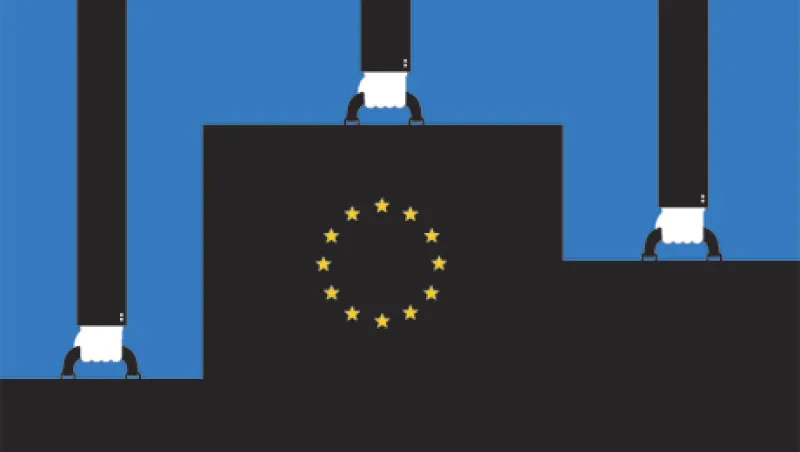
Top European Executives See Innovation as Key to Growth
The 2012 All-Europe Executive Team is not letting the euro zone crisis hold it back from pursuing growth opportunities in more promising parts of the globe, thanks to a new focus on innovation.
Katie Gilbert
April 16, 2012


